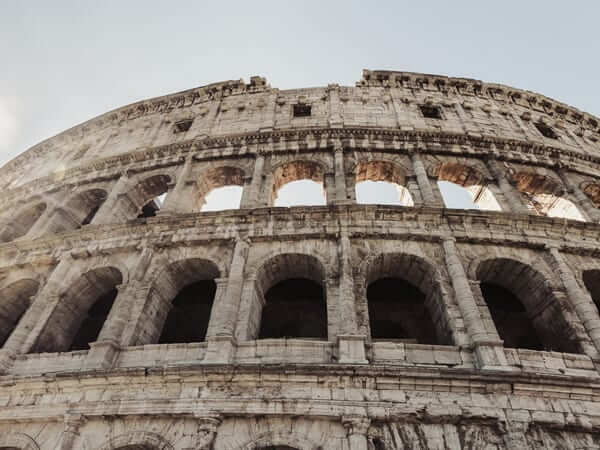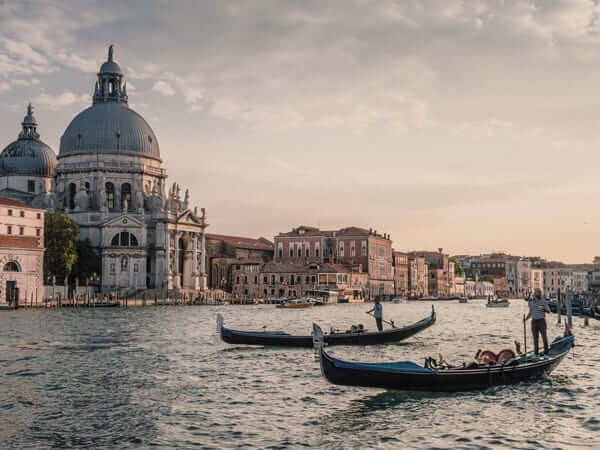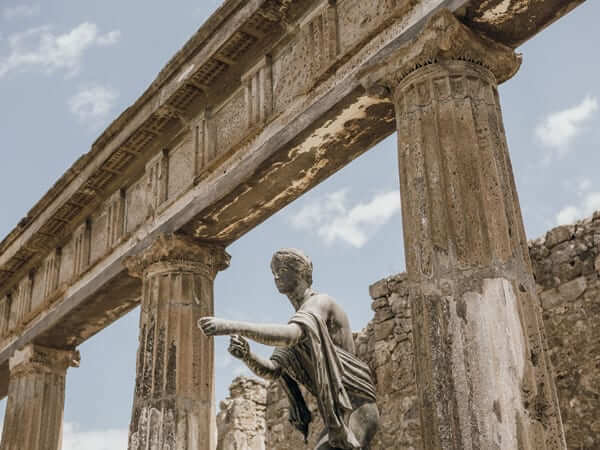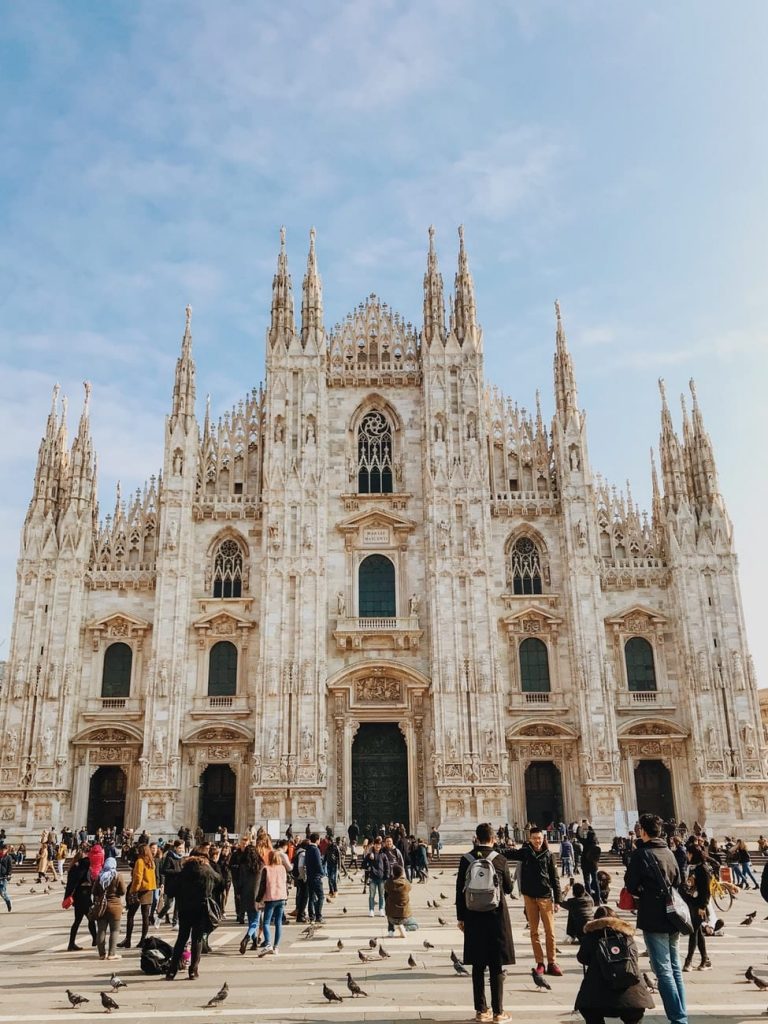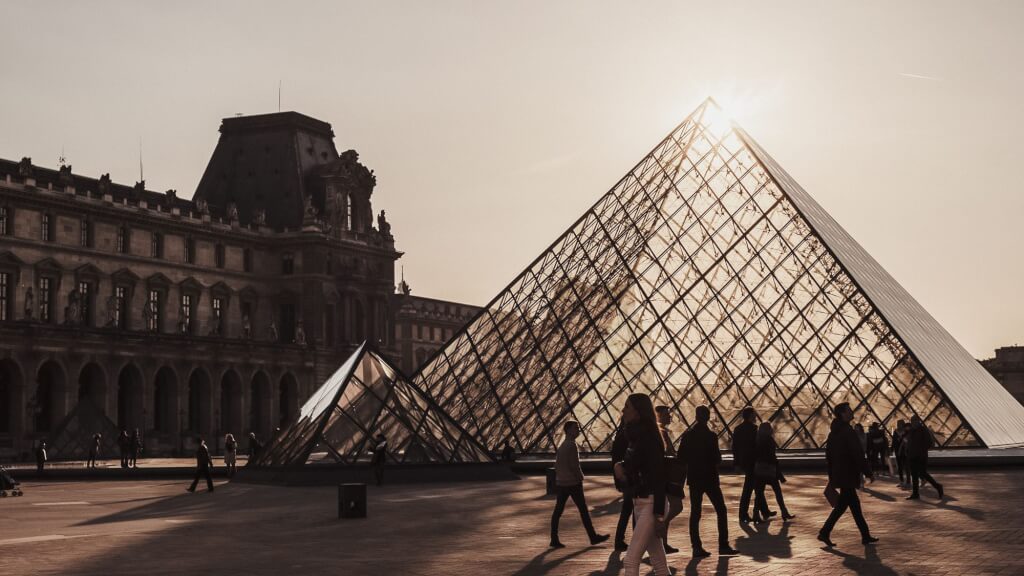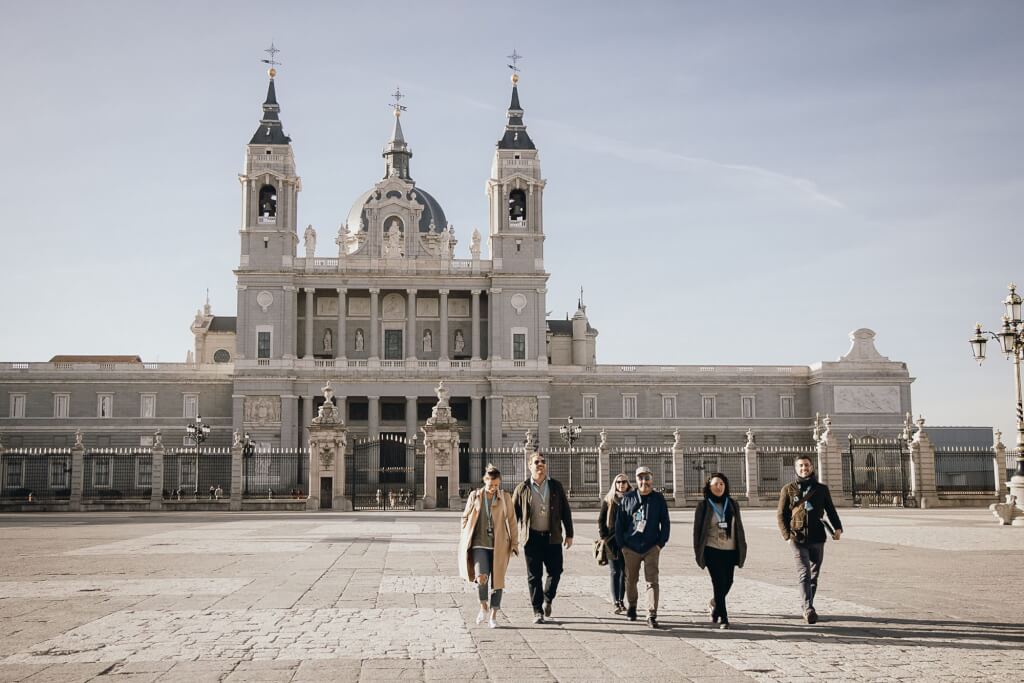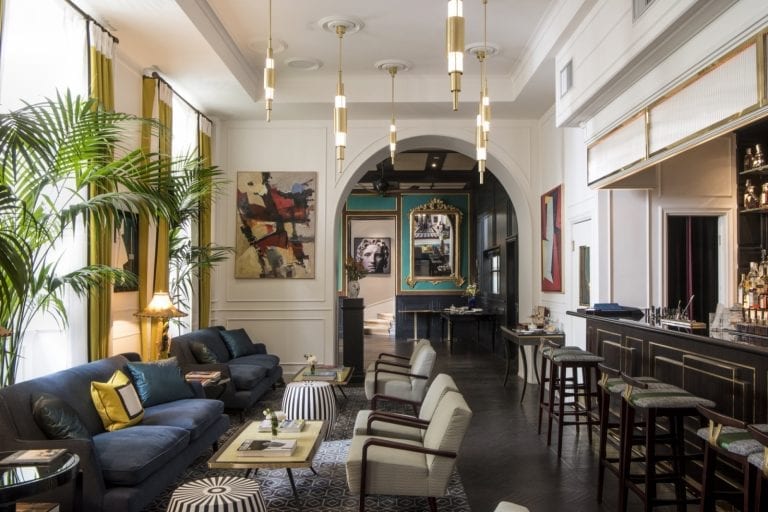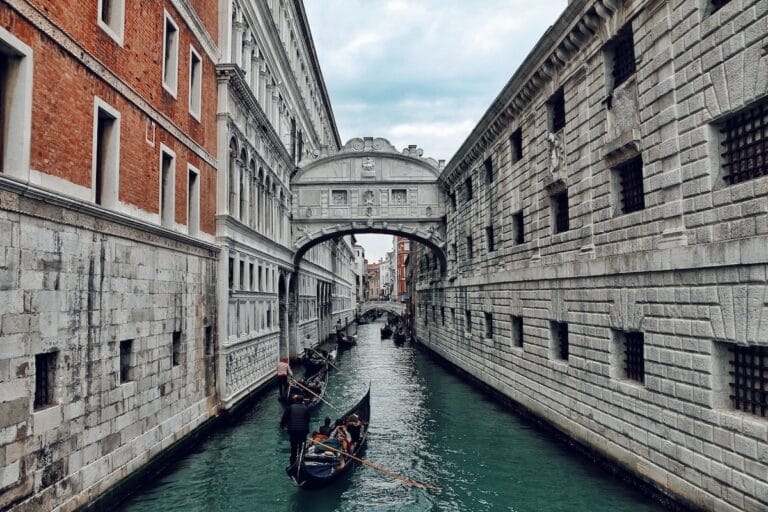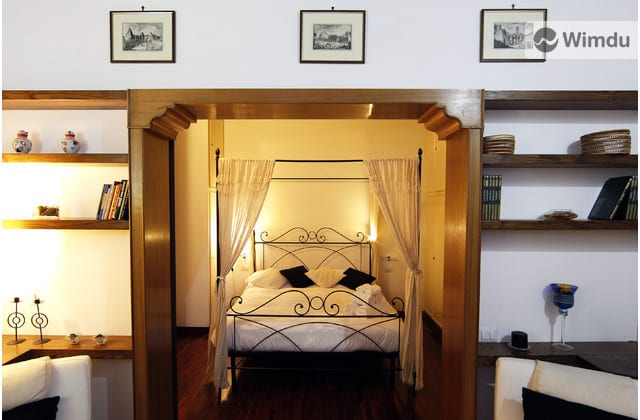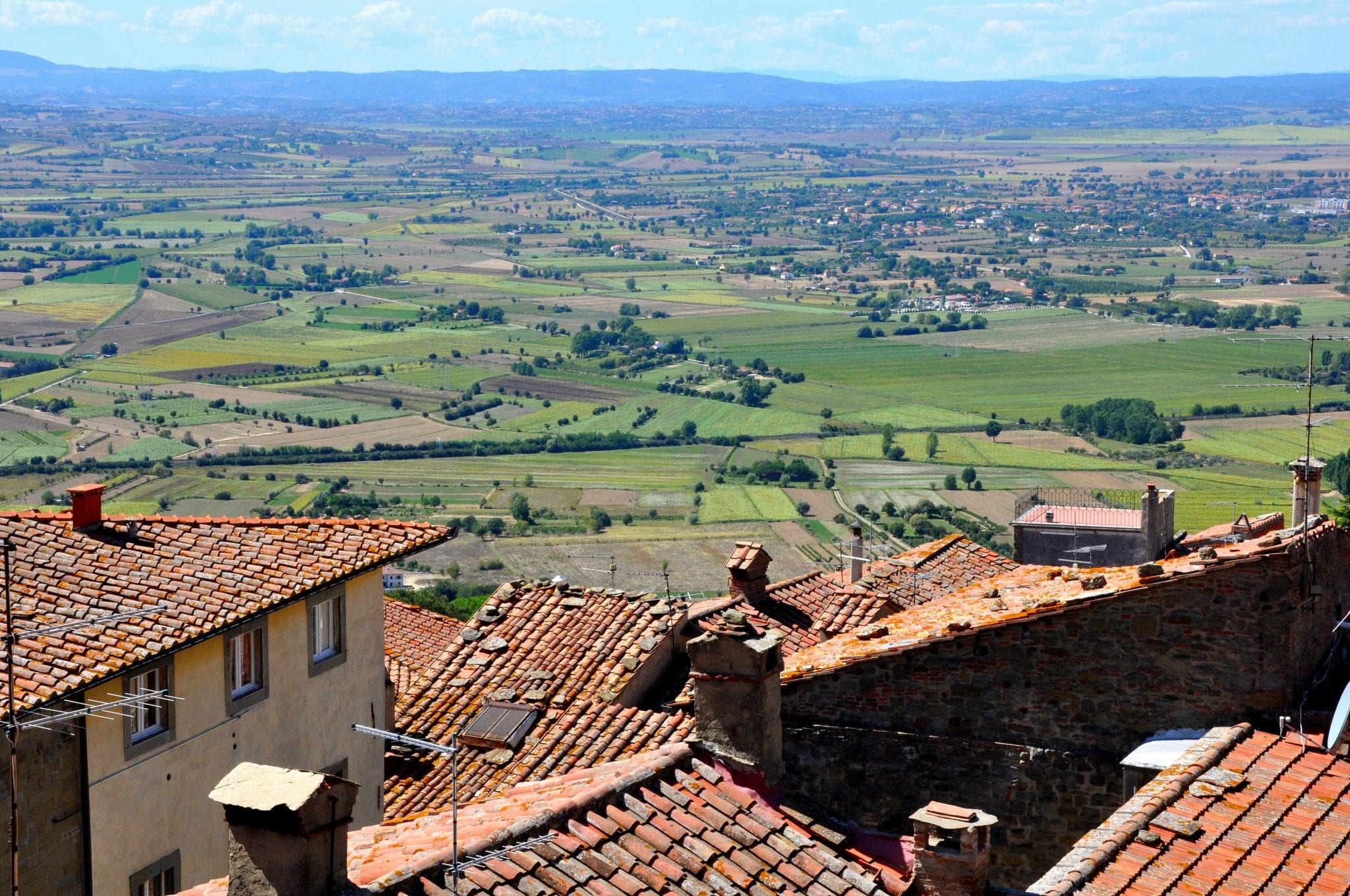
10 Tips for Picking the Perfect Accommodation in Italy
October 22, 2025
With the plethora of hotels, B&Bs, apartments, hostels – not to mention Airbnb´s – the process of booking the perfect accommodation in Italy can be more overwhelming than deciding which city or destination to visit!
Luckily, we’re here to help. Through years of trial and error, we’ve figured out the top qualities that make a hotel stay great. And while it’s “only” a room, take it from us: After a busy day of sightseeing, having accommodation that you’re happy to return to can make a good trip, into a great trip!
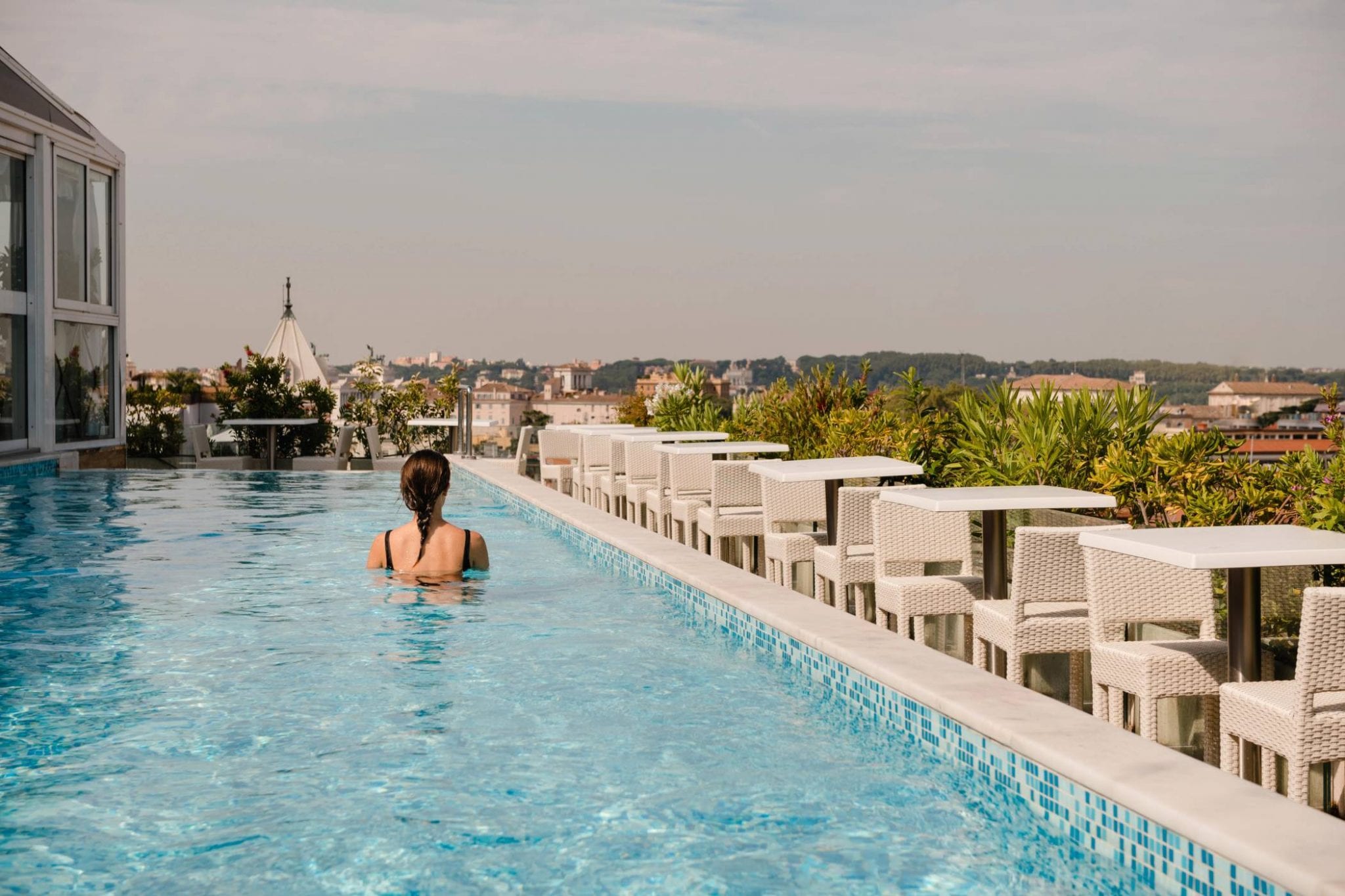
Rooftop pools are high on the list of priorities for travellers these days, but there are many other things to consider…
Find our top 10 criteria to think about when booking your accommodation in Italy.
Table of Contents
ToggleLocation, location, location
Remember that old realtor’s phrase? Well, it’s the same for hotels. Where your hotel is doesn’t just determine how convenient it is for you to see all the sights—it also has a big impact on how you experience your destination.
City accommodation in Italy
In cities, look for rooms that are very close to historic piazzas, or for those in charming neighborhoods with easy access to the city center. Aim to be able to walk to the sights from your hotel. This doesn’t just make sightseeing easier for you. It also makes it much more likely that, every time you leave your hotel and go into the city streets, or hear church bells tolling, you’ll think, “Ah! I really am in Italy!”
If the city is particularly large, and central accommodation is too expensive or fully booked, then try to stay somewhere that is within easy reach of the centre or the main tourist sites you want to visit. Nowadays you can use map apps to test out the transport links before you book, and find a place that is next to an underground station or bus stop, or a cheap taxi ride away.

Maps of the conventional or digital kind help you navigate the neighborhoods and work out a good zone to stay
Accommodation in the Italian countryside
In the countryside, consider staying in a “farm stay,” or agriturismo. These fantastic options let you experience the local area almost like, well, a local—what we’re all about here at Walks of Italy.
At an agriturismo, you want to have a scenic area to stroll around. For convenience’s sake, you also should be able to reach a bus, train station, or car rental facility fairly easily, either by the owner offering a lift or arranging a driver to do so at a reasonable cost (less than 25 euro). If you’ve already got a rental car, that’s obviously not a problem.
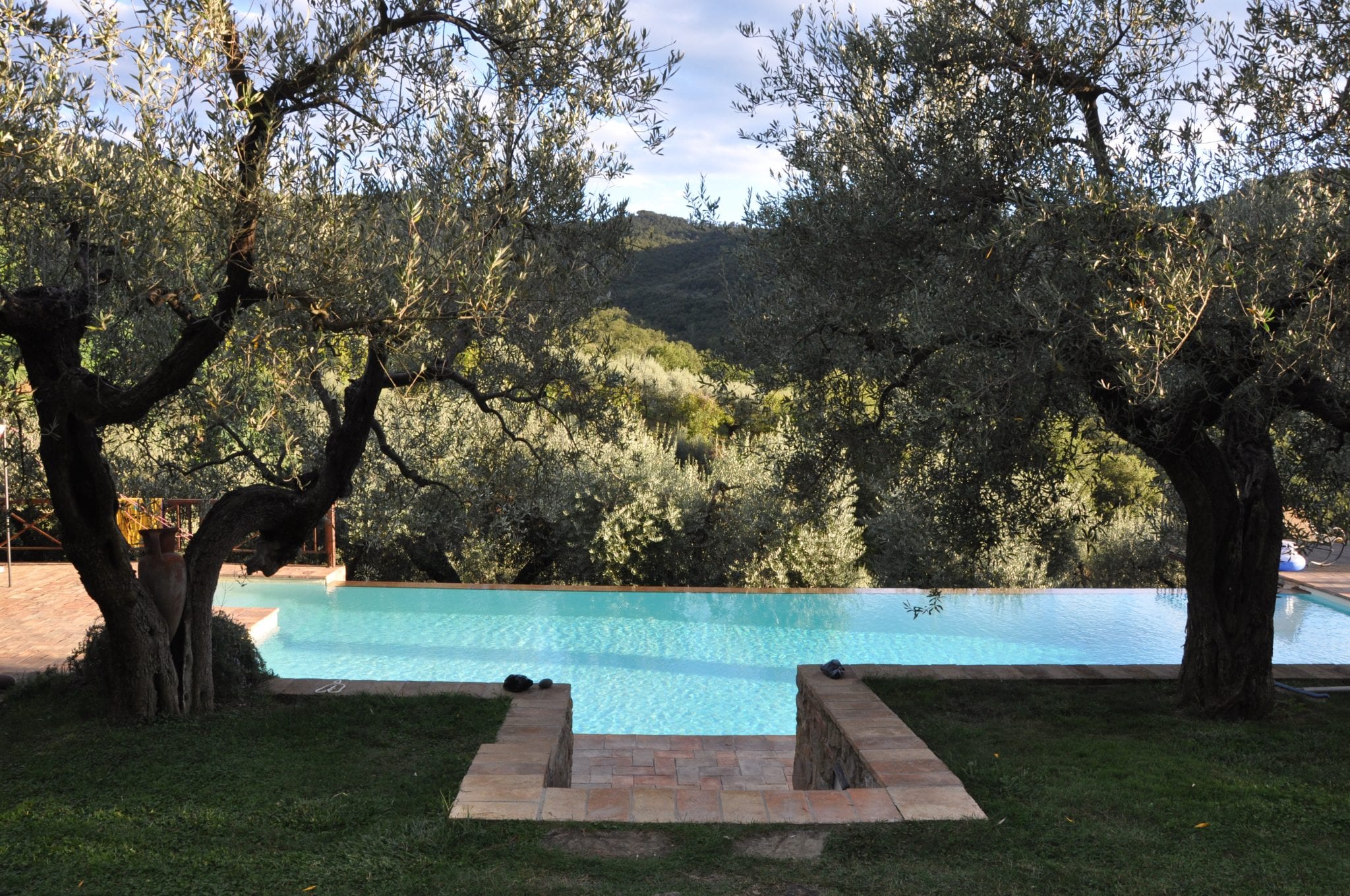
Some agriturismi have all the luxurious amenities!
Hotels, B&Bs and apartments—oh my!
When is a “hotel” not a “hotel?” Well, when it’s a B&B or an apartment! For most destinations, we prefer these: Currently, they’re the best value in Italy’s often-expensive accommodation market.
That said, B&B’s are not the steal they used to be (deals never seem to last for long!), but they do offer the traveler a much greater chance of being taken care of and appreciated. You’re much more likely to meet the owner (or the staff—who are often family members) and to feel that they care how you’re doing.

Being in a rural spot really does let you enjoy some of the finer things in life – great friends and great wine!
Apartments, though, may just be the best value in Italy, at least at the moment. In general, you can save 40% on an apartment over an equivalent hotel, with the same amount of space, in the same location. Apartments are mostly available in larger cities, and they generally require a 3-night minimum stay. So for stays of a week or more, they’re the way to go. And when you’re saving so much money, do you really need your sheets changed daily or to always have someone on speed-dial? (We’re guessing probably not). Having said that, many apartments do offer daily cleaning and additional services for reasonable extra fees.
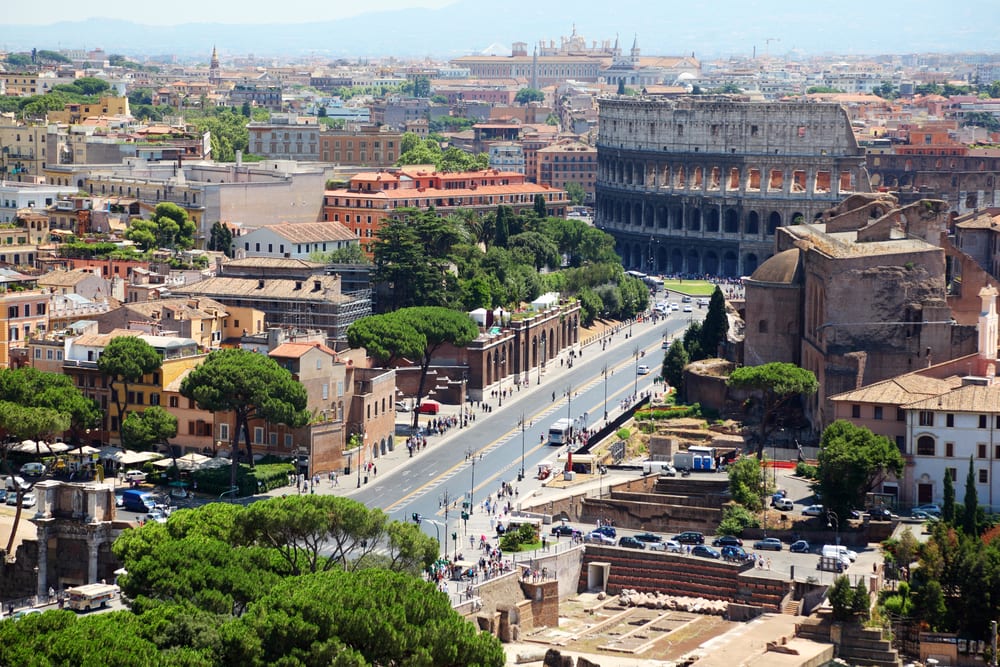
Want to stay in the center of a city like Rome? Usually a 3 night stay offers the best deal…
For countryside destinations, our favorite accommodation type are those fun agriturismi we talked about above. Generally, you get real bang for the buck: A (usually pretty large) room, even in a standalone separate building, with a home-cooked, farm-grown dinner and breakfast included. Because these are run by families whose top priority is their farm—if they can get guests to stay there too, that’s just gravy—the owners tend to be every bit as friendly and eager to help as at the B&Bs. And there’s nothing like walking up in Tuscany to the crowing of roosters… then having eggs for breakfast that were laid that very morning!
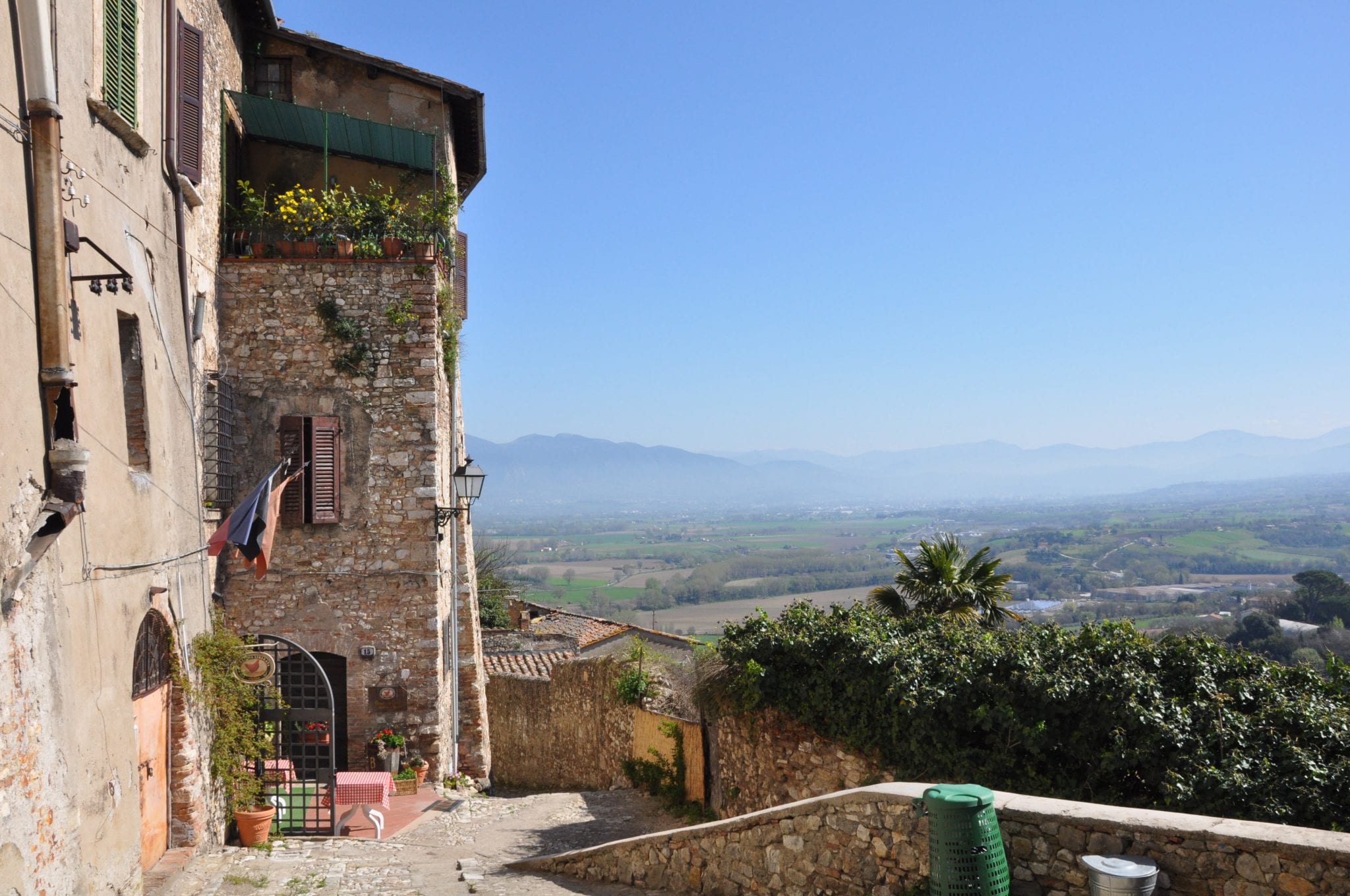
There´s nothing quite like waking up in the countryside and enjoying blue skies at breakfast time.
A room with a view
Location and type of accommodation are probably are two top criteria. Now, we’re starting to get into the details. But believe us when we say that nothing will make you feel happier in the morning than waking up to a fantastic view, whether it’s of the sunrise over Mt. Etna or the gorgeous dome of Florence’s Duomo.
If we can see an historic building or a lively piazza from our window, we go for it, even if it means putting up with a little noise. (If you have trouble sleeping, maybe you won’t agree. Or bring earplugs.
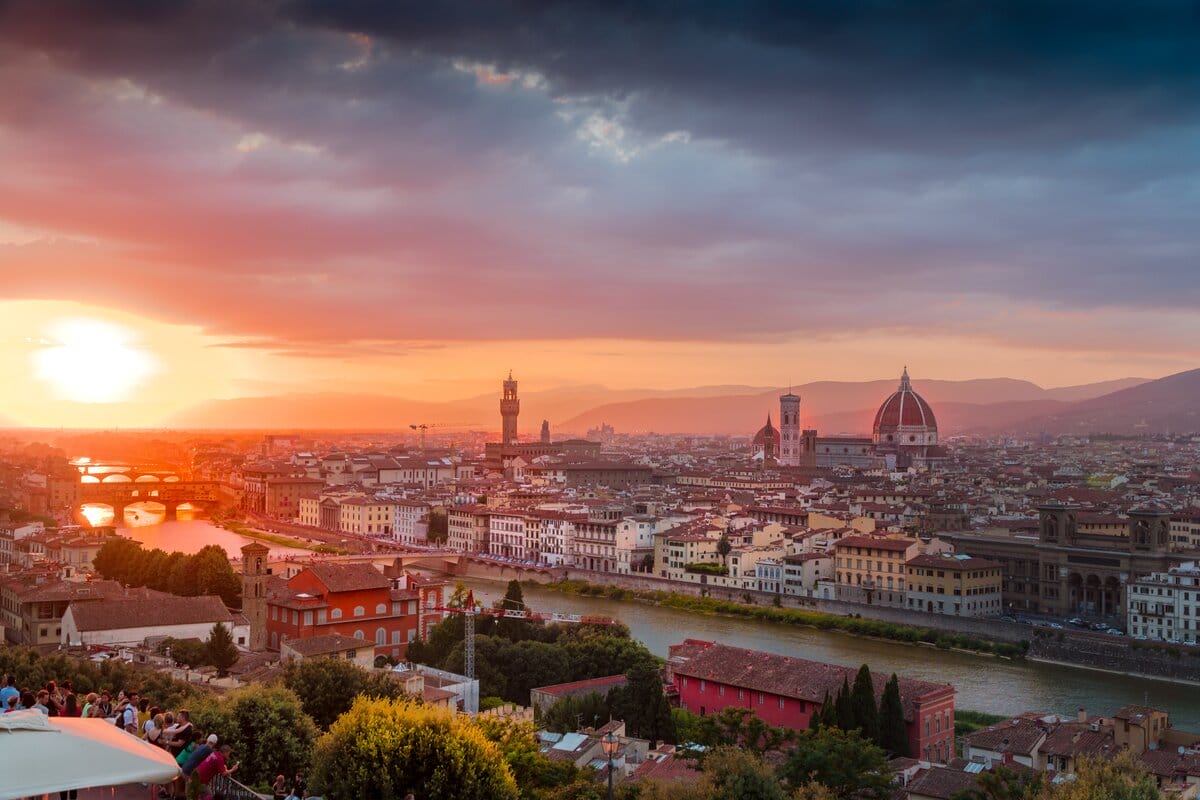
Florence, with its architectural wonders such as the Florence Cathedral and Ponte Vecchio, offers views to die for!
If you’d like a hotel in a picturesque area, but you’re not as concerned about whether you can see the scenery from your own room, then remember that many places have view-less rooms that are cheaper and sometimes quieter. And even if your room lacks a view, these lodgings usually provide access to a terrace or sitting area that does. If you’re in a room without a view, ask if you can get a room on the interior courtyard (if there is one), preferably that has chairs to sit and read a book.
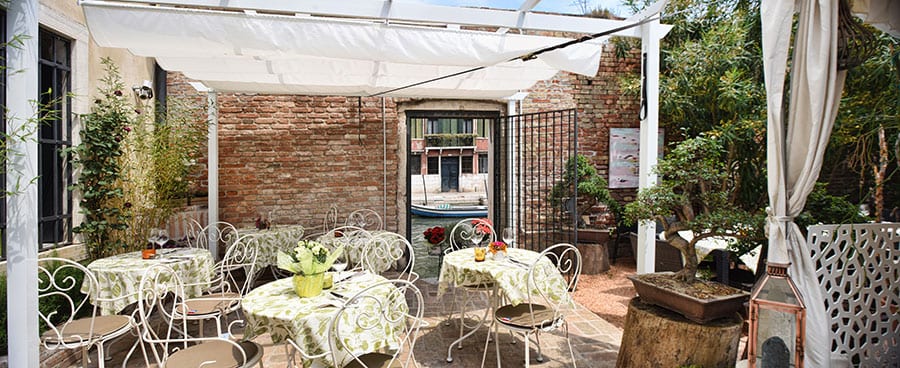
The courtyards and interior patios are often cooler and offer a quiet place to relax with a good book.
It’s all about the people
If the owners and/or staff are sincere and helpful, greeting you with genuine smiles each morning, you’ll feel, obviously, much more welcome and at ease. And that feeling of belonging helps start your day on the right foot, especially when you’re in a foreign country. Plus, this way you can interact with the locals more and get nice tips on current happenings or places to eat—always a bonus.
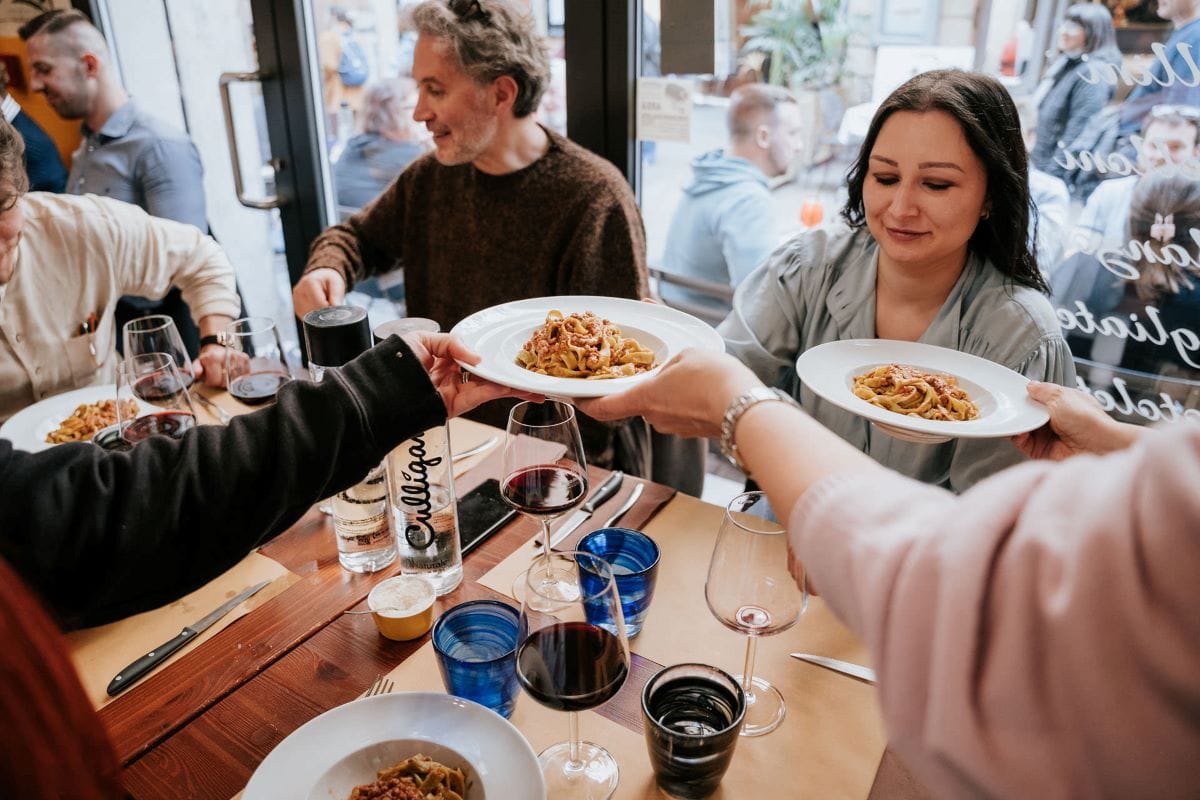
Nobody makes pasta quite like the Italians!
Is bigger always better?
Sure, we’d all love a palatial suite, when we can get one. But often, a tastefully-done, clean, small room will do just as well. It’s not as if you need to find a place for your entire wardrobe and 20 different pairs of shoes… we hope.
Americans, in particular, are advised to leave our preconceptions of a “good” hotel room size at home. Believe us: A “big” room in Italy—or Europe, for that matter—would be a small- to medium-sized room in the U.S. Also, size depends very much on the city. Rome and Venice in particular have smallish offerings, while Florence’s rooms tend to be a bit bigger. Aim for clean and comfortable, not huge.
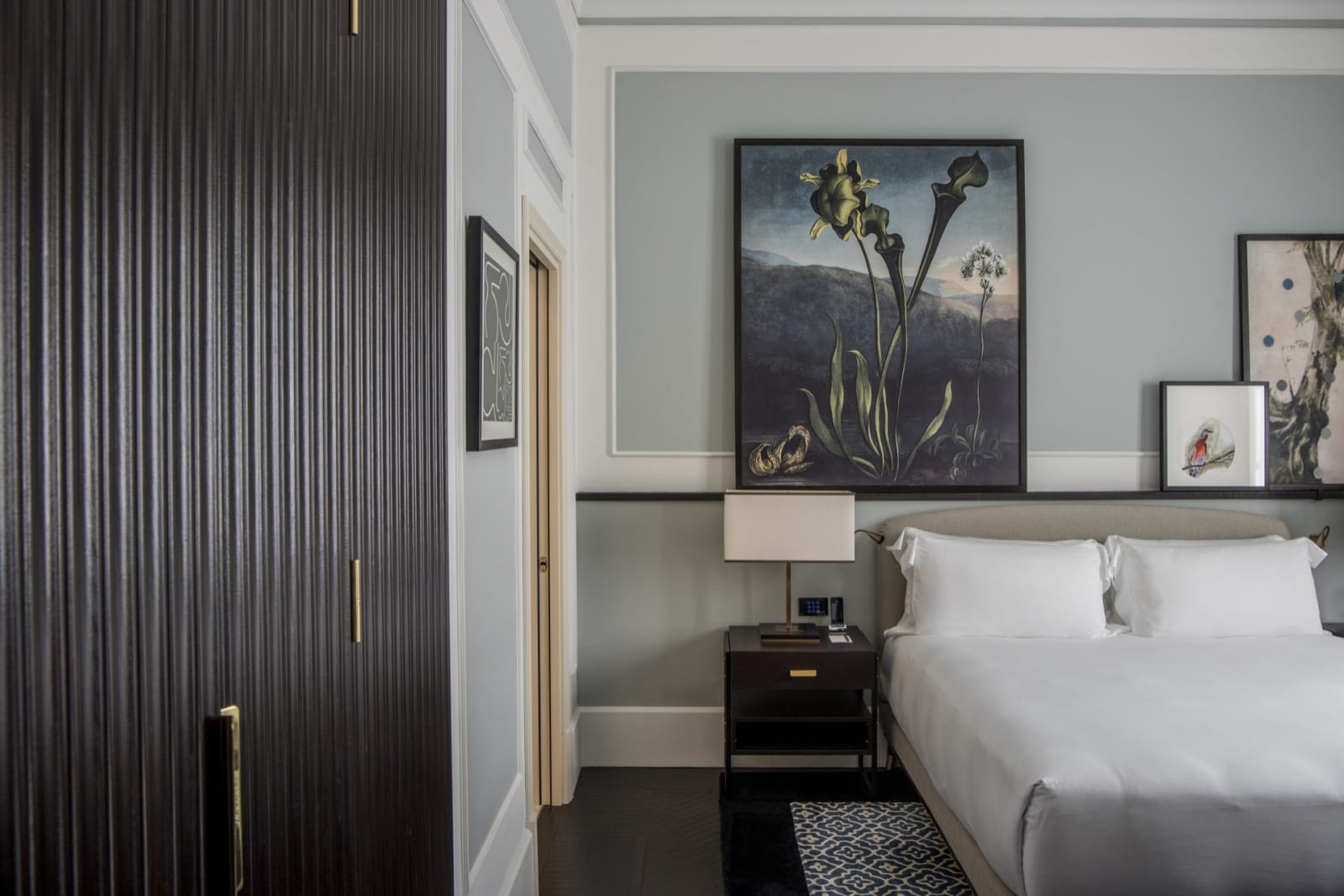
Hotel rooms are not necessarily huge, but are often light and airy with modern decor and a chic vibe.
The Breakfast club
Another way to adjust your thinking is when it comes to breakfast. Big, continental buffets are the norm at American hotels. Not so here. Many Italians don’t even eat breakfast—and at the most, have a cornetto and a coffee—so it’s simply not usual. If you’re trying to learn to do it like a local, just grab something light outside your hotel to start off your day.

Cornetti pastries, like croissants, come in traditional flavors like plain, chocolate, jam, cream, almond, and pistachio.
But if, like many of us, you just can’t traipse around for 4 hours before lunch without something more substantial, then specifically look for a big breakfast. Ask exactly what foods will be there. Even if it’s just a few cold cuts, packaged yogurt, juice, fruit, and cereal, that’s a pretty big breakfast by Italian hotel standards. If you find something hot, like eggs, you’ve hit the jackpot. Breakfast in bed included? Then you’ve really won. (And please, tell us where you’re staying!)
Concierge services
It’s nice to feel like you have someone at your beck and call, but it’s actually not that necessary in Italy. And it tends to come at a hefty price tag. If you have a simple question, like how to grab a taxi or where to find a train schedule, anyone at the front desk of your accommodation in Italy can certainly help you.
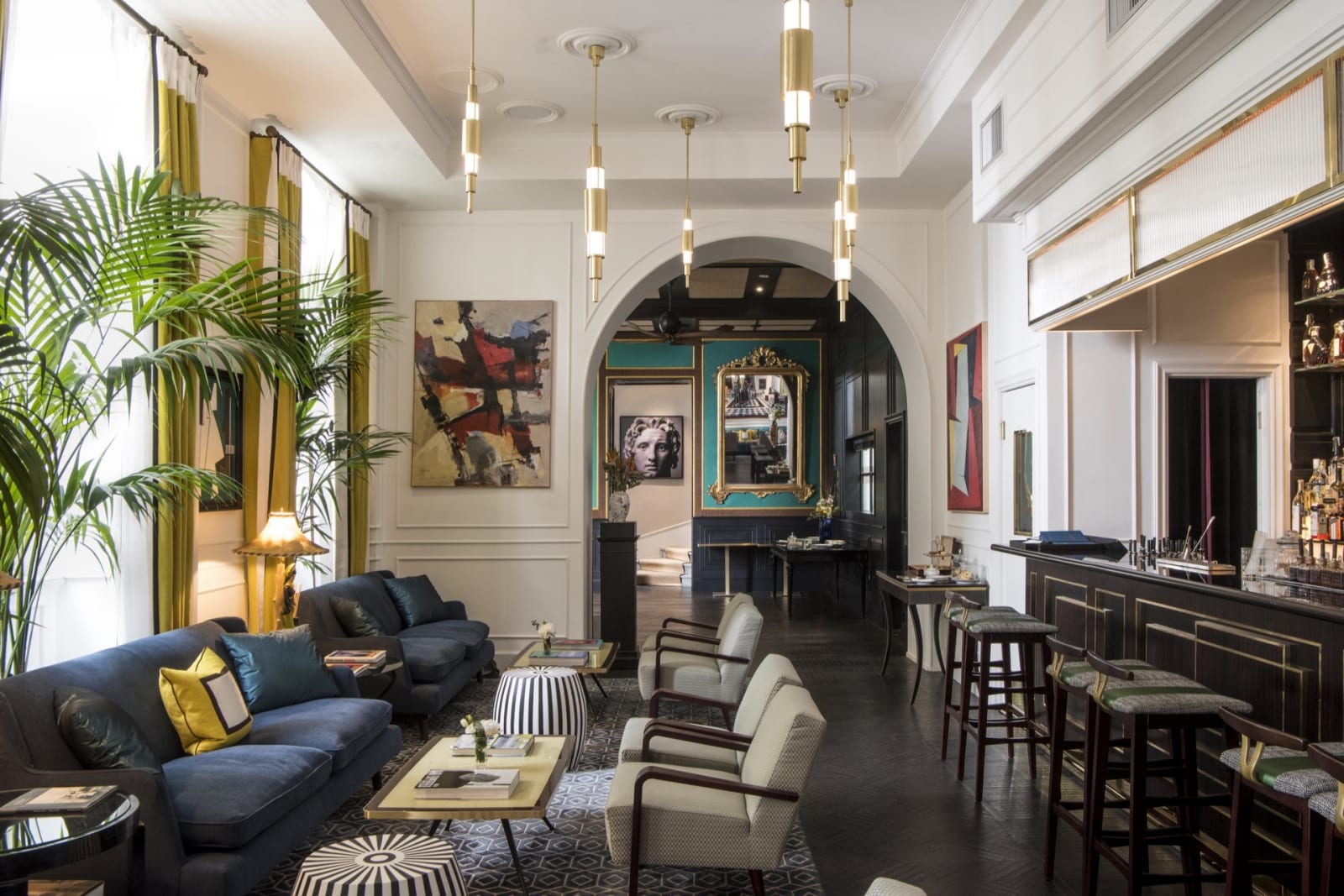
Just ask at reception if you need anything, most places will have English speaking staff who can help!
Easy access
This clearly depends on your personal needs. For some, though, having an elevator, a wheelchair-accessible lobby, or a handicapped-equipped shower is non-negotiable. Just remember that none of this is a given at Italian hotels, particularly at historic B&B’s and apartments. (In fact, these modern updates are often prohibited for reasons of historic preservation). So always ask to be sure. And if you’d like help, we do have our own wheelchair-accessible recommendations on hand by request. Just ask!
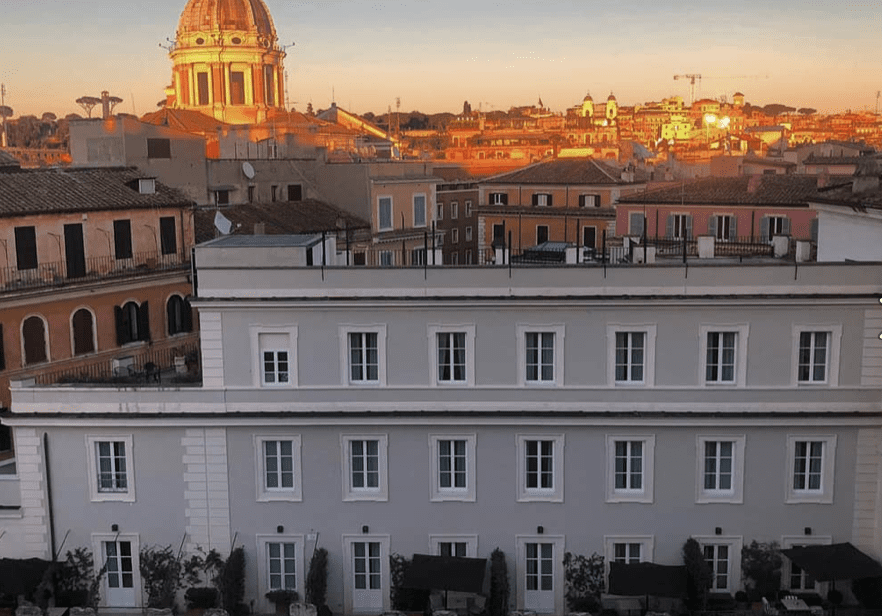
You really can find some gems that are a stones throw from the main attractions.
Lots of rooms or few?
Because we tend to like small places, with their homey atmospheres and friendly staff, we often recommend places with limited rooms. So if you take one of our recommendations, remember: Book as far in advance as possible. Also, a hotel’s rooms tend to range in size, style and quality, so we’ll note the best rooms whenever we can. Again, be aware that these rooms will fill up farther in advance.
The big picture: Overall value
You want to leave your hotel feeling like what you paid was worth it and you wouldn’t have wanted to stay anywhere else. If you would return to the same area and stay in the same lodging again, then you know you chose the right place!
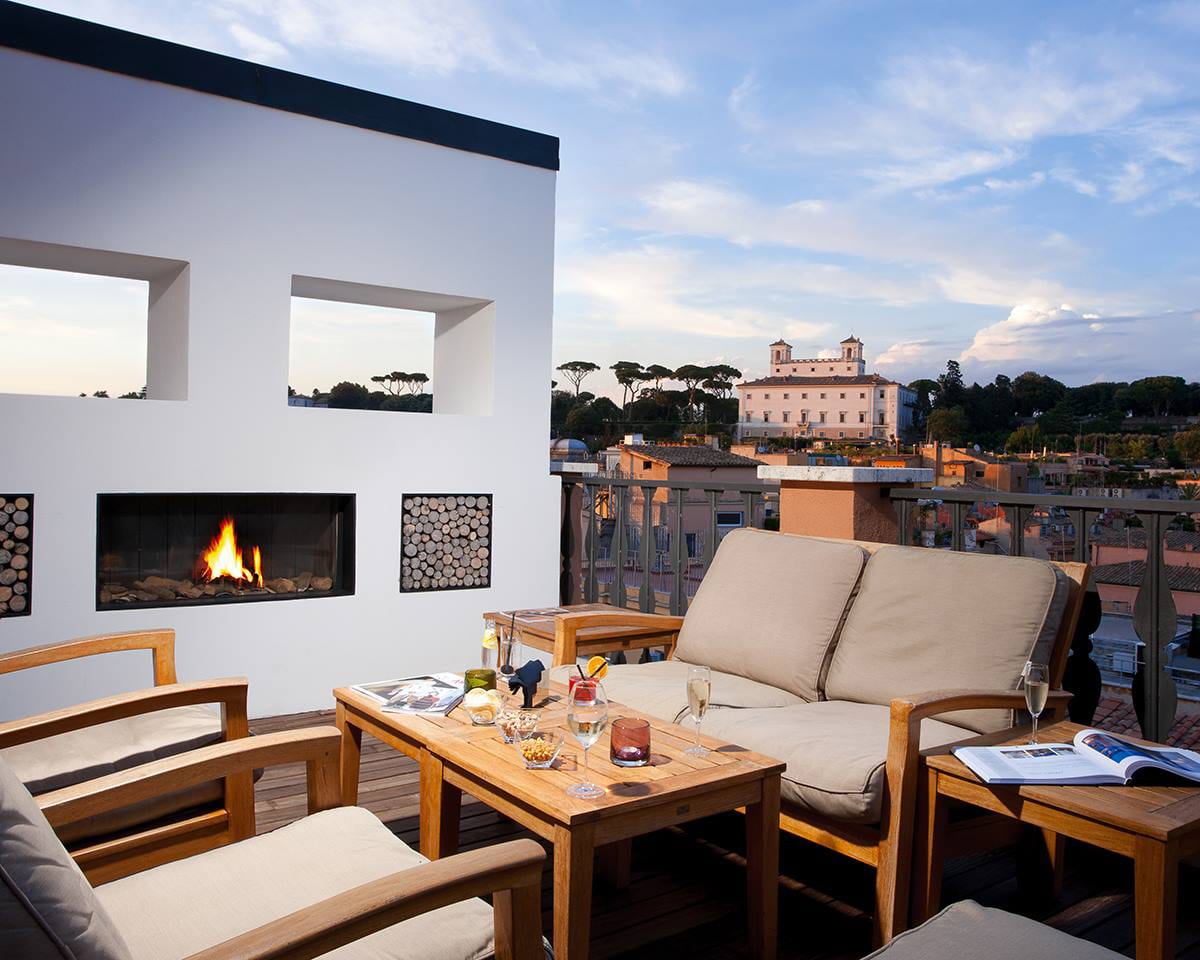
Whether you want to splurge or stay cheap and cheerful, you can find every type of accommodation in Italy.
FAQ´s – Accommodation in Italy
When’s the best time to book accommodation in Italy?
If you’ve got your heart set on Rome, Florence, or Venice, try to book three to six months ahead—especially for spring and autumn, when Italy is at its busiest. For smaller towns and countryside stays, you can often wait a little longer and still find great value. Booking early gives you the best choice of rooms, views, and prices.
Do I need to pay a tourist tax at Italian hotels?
Yes, most places charge a small “tassa di soggiorno” (tourist tax) that’s paid separately when you check out. It’s usually between €1 and €7 per person, per night, depending on the city and the hotel’s rating. It’s not included in the booking price, so keep a few euros handy for this at the end of your stay.
What’s the easiest way to pay for my stay?
Credit and debit cards are accepted almost everywhere, but some family-run B&Bs or agriturismi prefer cash. It’s smart to carry some euros, especially if you’re traveling off the beaten path. Visa and Mastercard are the safest bet—American Express isn’t always taken in smaller places.
How do I know if my accommodation is genuine?
Before booking, check for verified reviews on trusted sites and look for a registration or license number on the listing. A genuine host will be easy to reach, happy to answer questions, and usually share helpful tips about getting around or where to eat nearby. A quick email exchange can tell you a lot about how welcoming your stay will be!
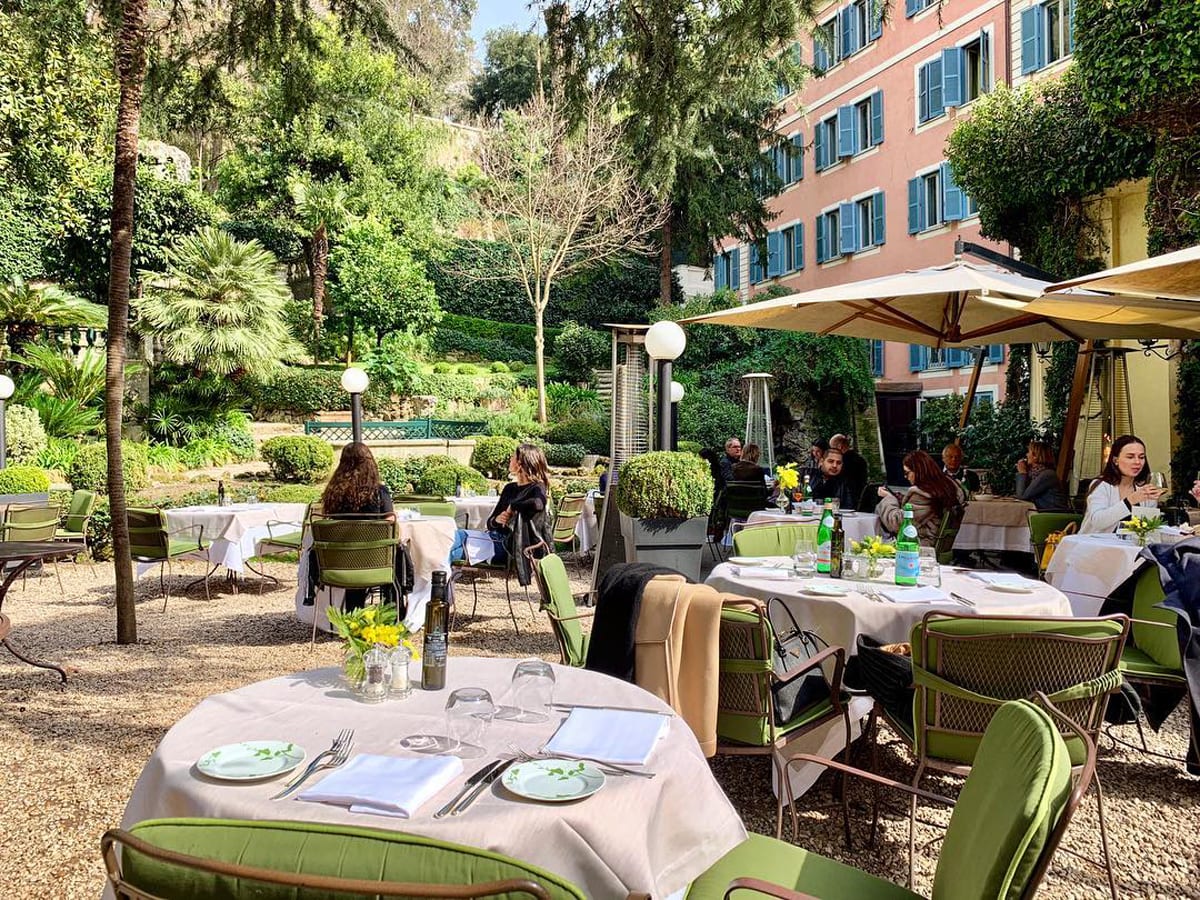
Its views like this that make me want to be on holiday every day!
Ready to turn your Italian getaway into something truly unforgettable? Whether you’re planning to explore Rome’s ancient ruins, sip wine in Tuscany, or wander Venice’s romantic canals, Walks of Italy has you covered.
Discover expertly guided tours, insider tips, and authentic local experiences that help you see Italy like never before. Start planning your adventure today with Walks of Italy — and let the journey begin!
by Walks of Italy
View more by Walks ›Book a Tour

Pristine Sistine - The Chapel at its Best
€89
1794 reviews
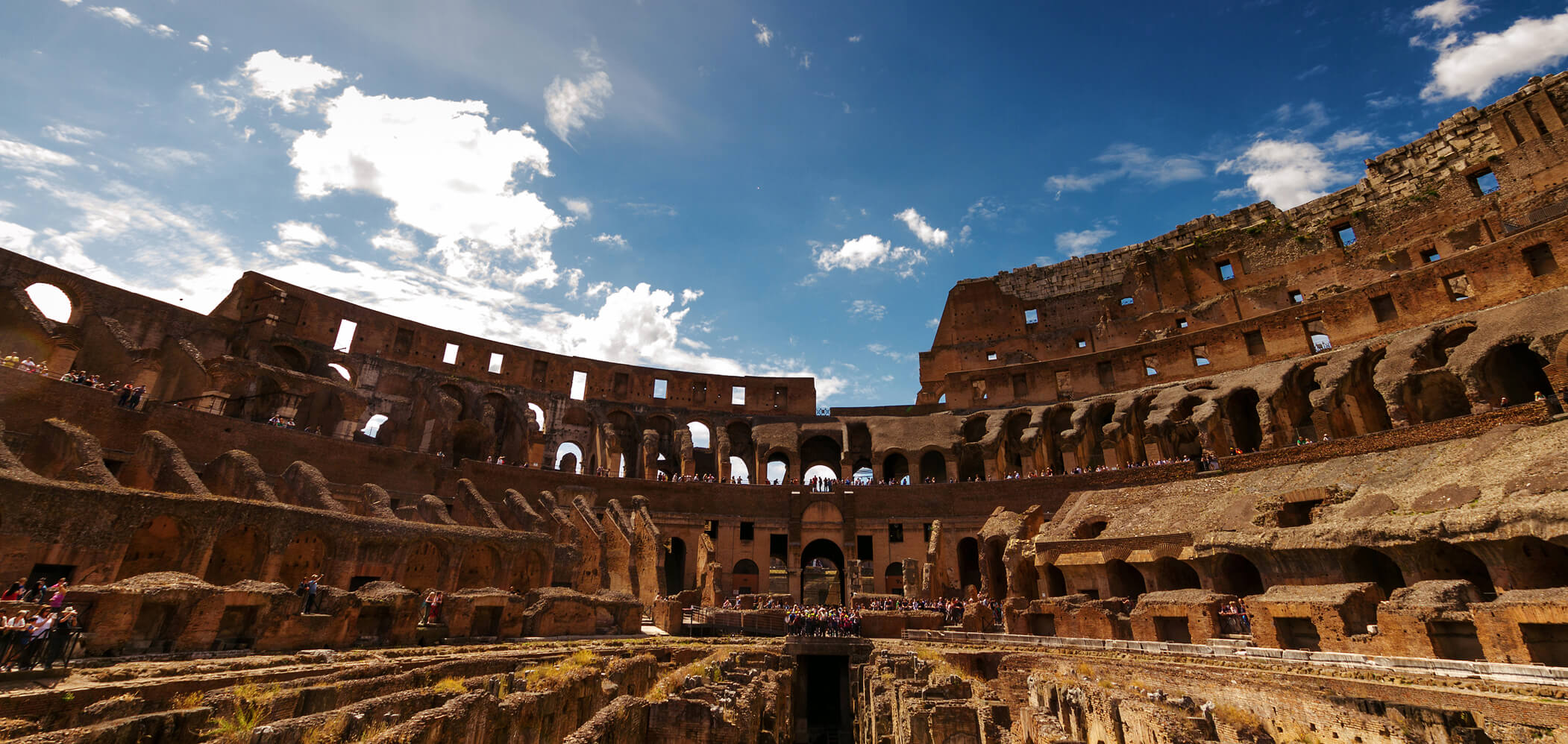
Premium Colosseum Tour with Roman Forum Palatine Hill
€56
850 reviews
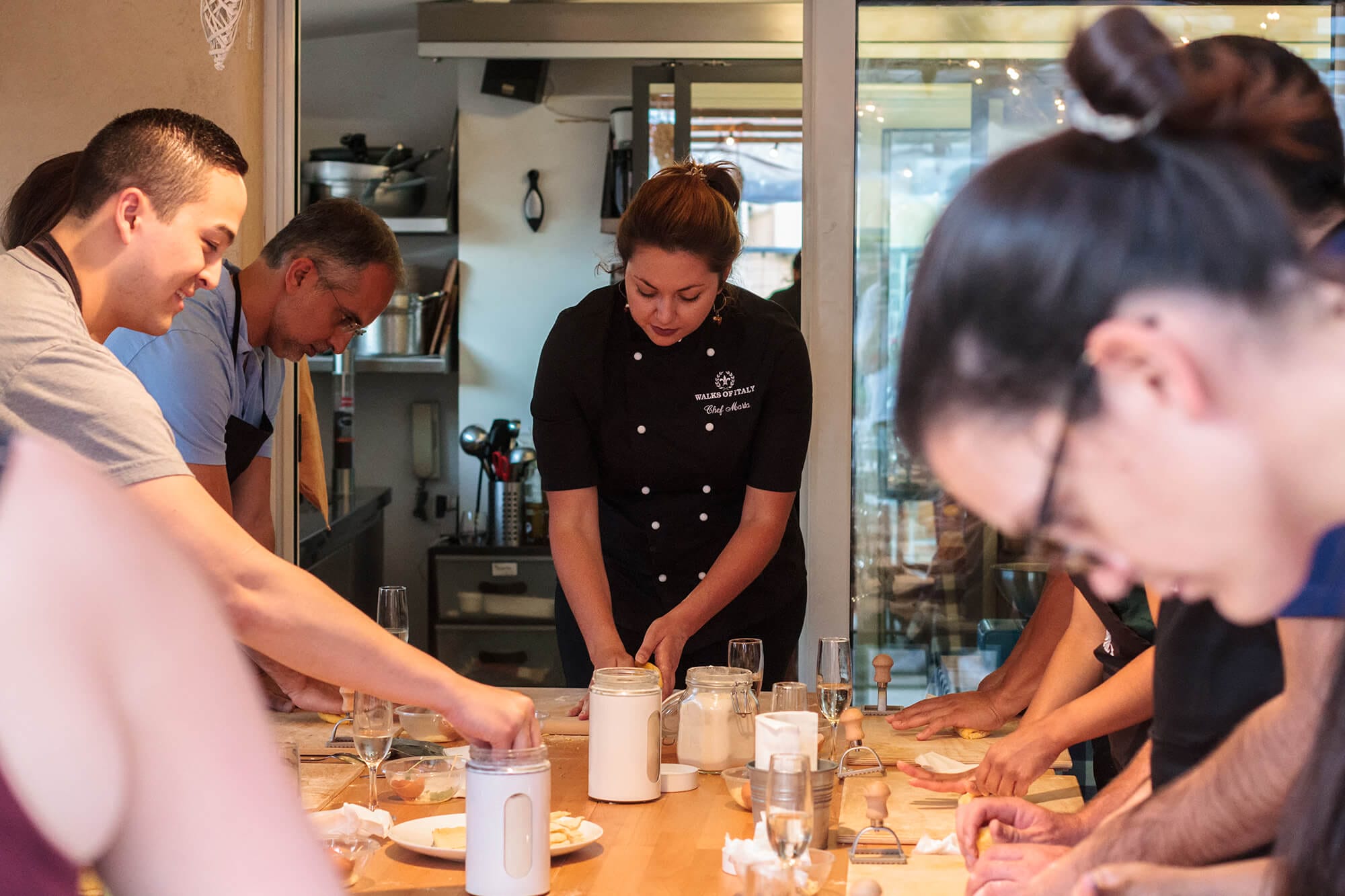
Pasta-Making Class: Cook, Dine Drink Wine with a Local Chef
€64
121 reviews

Crypts, Bones Catacombs: Underground Tour of Rome
€69
401 reviews
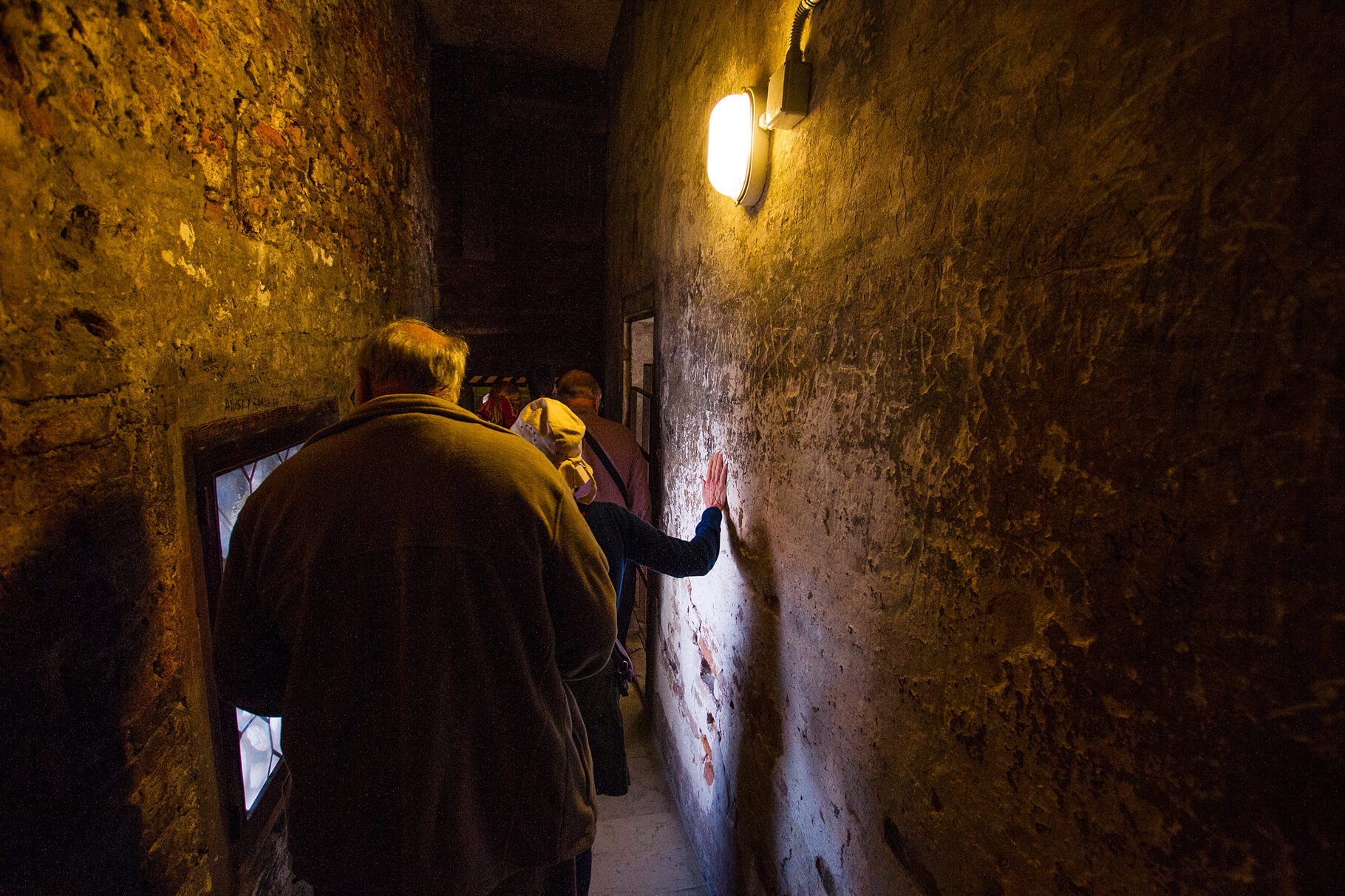
VIP Doge's Palace Secret Passages Tour
€79
18 reviews
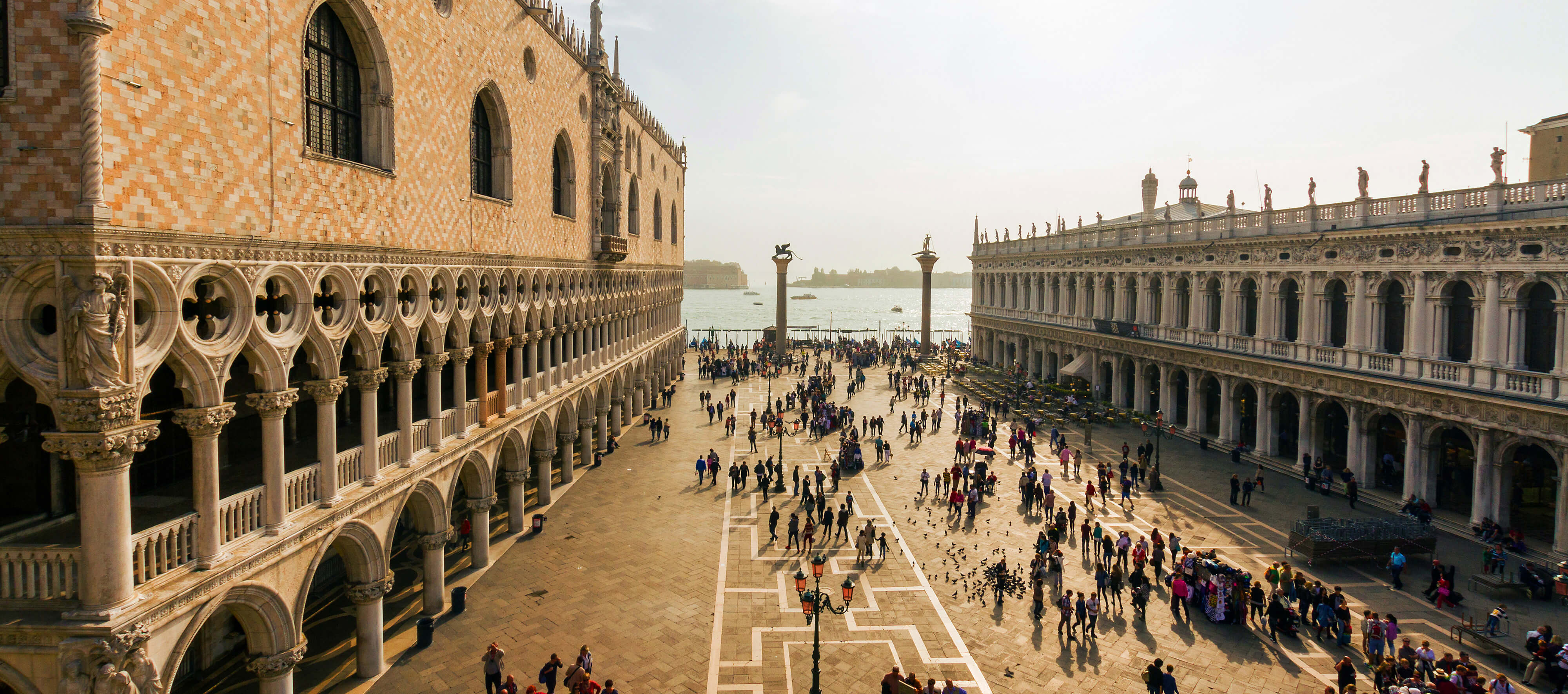
Legendary Venice: St. Mark's Basilica, Terrace Doge's Palace
€69
286 reviews
